The most remote islands on the planet are also the most attractive for many tourists. However, not everyone makes such a trip, mainly because the tickets are expensive, and because of the popular belief that the Hawaiian Islands are only good for surfing. And I won’t deny – this is really the best place for surfing. The Hawaiians invented and then perfected the surfing board, so it’s thanks to them many wave-lovers around the world can enjoy this activity.
But that’s not the only thing you can do there. The biggest island of the archipelago, the Big Island, has so many interesting things in store that seven days weren’t enough for us to fully explore it. I still managed to put together a personal rating of things worth doing on the island of Hawaii.
- Drive to the top of the Mauna Kea volcano
- Have a cup of the outrageously expensive and rare Kona coffee
- Lie down on a wild beach with a Hawaiian green turtle
- Night snorkelling with a sea devil
- Come right up to the scorching lava of the Kīlauea volcano
Drive to the top of the Mauna Kea volcano
It is the highest point of the Hawaiian archipelago – 4,205 meters. One of the most famous astronomical observatories in the world, the Keck Observatory, is located on its peak. Every night the observatory’s largest infra-red twin telescopes watch the sky above it. Every year, hundreds of astronomers from all over the world file requests to use the telescopes. The queue is so long that they often must wait for 1.5 years. At the peak, you’ll find yourself high above the clouds. The temperature will be below zero, even if it’s +30 °C at the foot. All volcano peaks are sacred for the Hawaiians, so be as mindful of the environment as possible and do no harm to it. You can read about our ascent to this peak here.
Have a cup of the outrageously expensive and rare Kona coffee
It grows only on the western slopes of the active volcanoes Mauna Loa and Hualalai on the Island of Hawaii. These small areas have the climate necessary to grow the fastidious Kona arabica. The coffee trees bear fruit only under a temperature of 20 to 27 °C without any sunlight. Every day the clouds, as if by request, gather over the volcanoes’ slopes, creating the perfect conditions that only the Island of Hawaii can provide for producing the coffee beans. The coffee is also very pricey because no machinery is used during its gathering. Every bean is gathered by hand. The cherries also don’t ripen evenly, so the gatherers must come back to the same tree every day, possibly even several times a day. The coffee trees bear fruit all year round. The beans are additionally checked after gathering before they are sent for further processing, that is drying and roasting. Due to the small volume of production and high demand, you’ll always be able to buy the freshest product that was gathered a week or two earlier. The taste is very different from the usual arabica. It’s unlike any other coffee. On every plantation of Hawaii you will be offered to taste every kind of Kona coffee grown there, so you’ll be able to pick the one you like best. Also, during certain hours you can join a free tour and look up close at the coffee trees and the cherries, as well as learn first-hand about how the coffee is gathered and processed. The price is 35 USD per 450 grams. It’s the best souvenir that you can bring back from the trip.
Lie down on a wild beach with a Hawaiian green turtle
The green turtle is a living symbol of the unique ecosystem on the Hawaiian Islands, which were formed as a result of many volcano eruptions. However, despite its apparent scope and grandeur, this biosphere is very fragile and subject to environmental damage. The turtles are a prime example of this. Formerly, the meat and eggs of these fascinating creatures were used as food by the local tribes, which lead to a significant decrease in the species’ population. They were mostly used for soup, which even caused a change in the animal’s name – for a time, it was called the “soup turtle”.
They look very similar to the ordinary sea turtles but have several differences compared to the other animals of their kind. Despite their name, the green turtles are usually not green at all but have a dark-olive, dark-brown, or even black colour. They are distinguished by their size: adult individuals have a shell length of 150 cm and weigh 70 to 200 kg. They also tend to live very long. Some turtles are known to have lived for 150 years.
Today, the Hawaiian green turtle is protected by the state, and hunting these animals is strictly forbidden. Furthermore, even if you see one on a beach, you must always stay several meters away from it. Accordingly, touching them is also forbidden. Every beach on the Hawaiian Islands has a sign informing you that disturbing or touching the animals is punishable by a large fine.
Despite our best efforts, we couldn’t find any turtles on the crowded beaches. Then we decided to find one of the wildest and most solitary beaches that is hard to get to. We had to walk for 40 minutes through the National Park, which led us right to the ocean shore with black volcanic sand and long capes reaching far into the water. It was here that I first saw these beautiful creatures. A turtle was lying on the sand, and I lay down next to it while maintaining the required distance. Even though there wasn’t a single person around, I decided against touching the turtle, and I advise you to do the same. It is a wild animal that won’t benefit from the contact with humans. So, be respectful to the reptiles and don’t invade their private space. The best time to see them is noon, as this is when the turtles get out of the water to warm themselves up under the sun. These animals spend all their time in the ocean. They only need land to recuperate and lay eggs during the mating season. I liked meeting the animals so much that I bought a local ornament with a turtle, the symbol of the Hawaiian Islands.
Night snorkelling with a sea devil
We don’t visit hot countries all that often and prefer northern destinations, so while I’ve heard the word “snorkelling” several times, I couldn’t quite understand its meaning. That was until we sat down to plan our activities in Hawaii. This was when I first read what snorkelling is all about. Descriptions stated that, according to National Geographic, snorkelling with mantas is among the top ten activities that can be done in the wild. Firstly, it’s relatively safe. I say “relatively” because no one and nothing can guarantee your safety at night in the Pacific Ocean, and it’s important to understand and accept that. Secondly, it’s relatively inexpensive. A 2-hour snorkelling session with a mask and a snorkel in a wetsuit costs around 100 USD per person. During the dive into the dark and warm ocean, a blue searchlight is directed into the water. Photosynthetic plankton gathers under the light, attracting mantas, as this is the prime source of food for them. In other words, while snorkelling, you see the usual procedure for manta feeding. And it is a truly captivating sight. The fins of this amazing fish are more akin to wings, making it seem as if the mantas are gliding through the water as they move. Their movement is rather unhurried. It took us a while to find a spot where the mantas congregate, but we did see the graceful creatures after spending some time on the water. Our instructor strictly forbade us to touch the animals. It is necessary to be completely parallel to the water, so the mantas don’t see you as a threat and can feed as usual. You’ll get some great underwater shots for your efforts. It’s best to procure an underwater camera in advance, as the company doesn’t rent them. We used our underwater GoPro camera to capture photos and videos. Apart from mantas, many other kinds of fish can be seen underwater. They will try to swim really close and study you, sometimes even going as far as hitting your mask. The only thing that can spoil this wonderful trip is sea-sickness. Some people in our group got sick in the boat and got only worse after some time on the water with minor waves. If you ever get the opportunity to try this activity, take it without second thoughts.
Come right up to the scorching lava of the Kīlauea volcano
The largest island of the Hawaiian archipelago is home to the most active volcano on Earth. It has been erupting non-stop for 30 years. All volcanoes are sacred for the Hawaiians, and it is believed that deities live in the active ones. So, it’s no surprise that Kīlauea is considered to be the home of Pele, the goddess of volcanoes, who sheds the bloody tears called lava day after day. In the past, when the white man had not yet discovered Hawaii, only the chiefs could ascend the volcanoes and carry out their rituals. Today, when the local traditions are not as fundamental, anybody can climb to the peak of any volcano here. We decided not to miss out on the opportunity to come right up to the scorching lava that flows out of this volcano every day.
Before you decide to take this long and arduous trip, you must know the following:
– Wear trekking shoes or boots with thick soles.
– Take at least 2 litres of water per person. The air temperature at the lava fields is higher than normal since the lava under the ground warms up the surroundings.
– If you’re setting out after noon, be sure to take a headlamp, as the sun fully sets at 6 pm, which means it’s going to be completely dark when you return.
– Take some snacks and energy bars.
– Take a pair of trekking poles if you can. They are not as useful for walking as for safely checking where the lava is hardened before you step.
For the first few miles, you’ll be following a gravy road going up and down, and it’s relatively easy to keep a pretty fast pace. You won’t be able to continue on this road after 3 miles, however, because of the landslip hazard in the area. The lava flows down out of the volcano in layers. As a result, its mass causes it to fall down into the ocean. Huge areas of lava go down at once, so it’s extremely dangerous to go beyond the safety signs. There is a board placed nearby that has the statistics on the number of people who ignored the safety rules and died in this area. You can only go further on the hardened lava, which slows you down significantly. The lava hardens very unevenly, sometimes forming nothing short of mountains, and sometimes falling and forming canyons, so you must step carefully. The stuff is very fragile, and you can fall through. It took us a while to find the actual hot lava. We had been walking for 2 hours when we felt a strong heat, as if a large oven was opened before us. That’s when we noticed that the scorching lava that has been erupting from the volcano for 30 years was around us. It’s hard to stay near it: the lava coming out to the surface has a temperature of 1100 °C, which is 5 times hotter than a common kitchen oven. However, this place gives you the opportunity to see with your own eyes what others see only on National Geographic and Discovery.
As you can see, Hawaii is incredibly diverse, providing plenty of entertainment for people who like to stay active during vacations. And we’ve visited but one of the islands that can be truly called the most heavenly place on our planet.

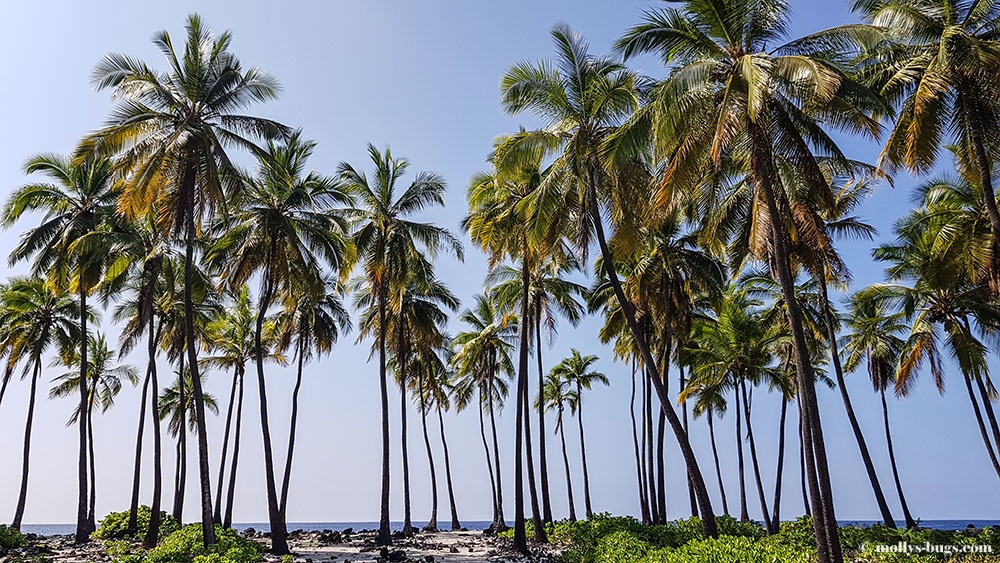
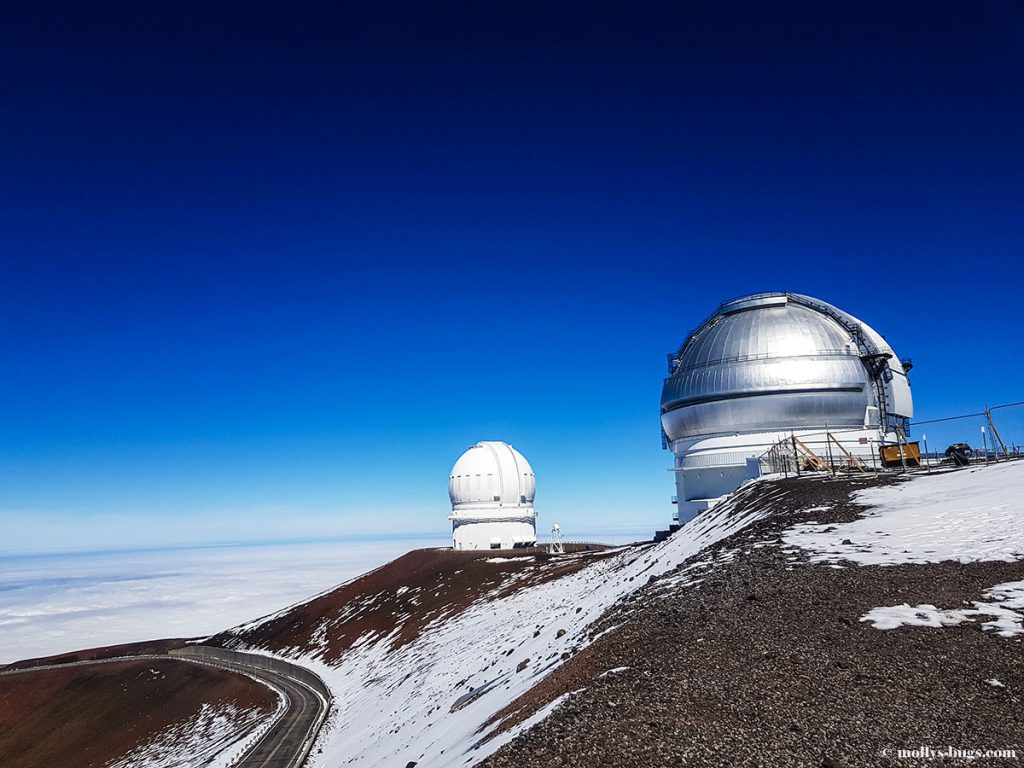
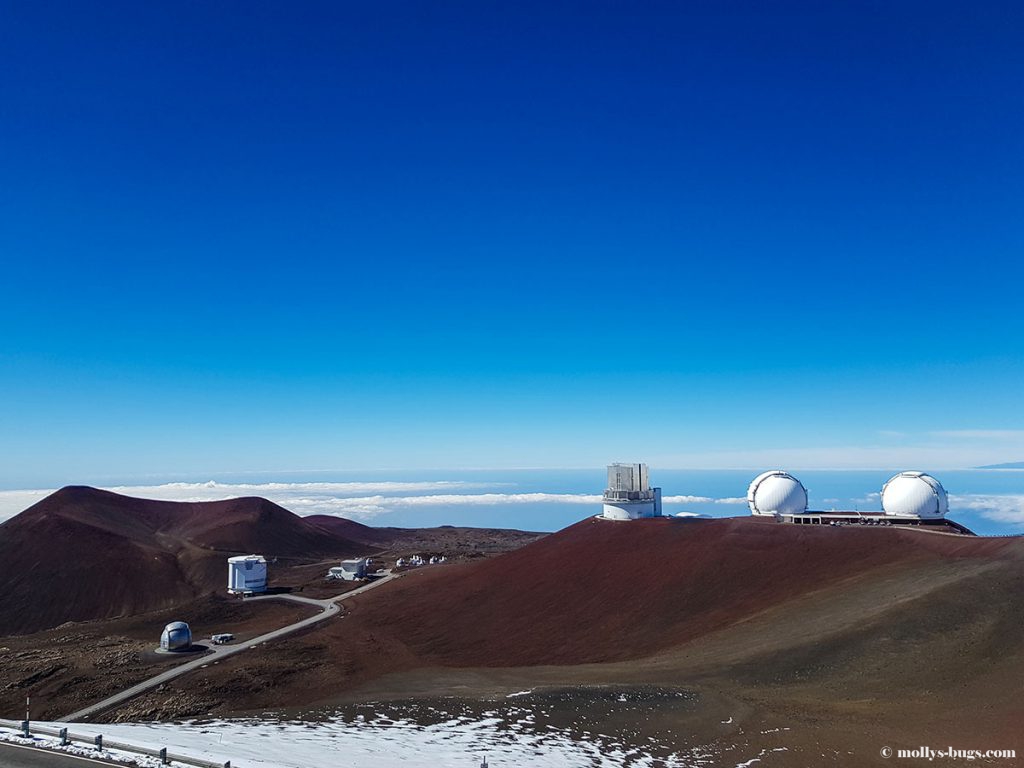
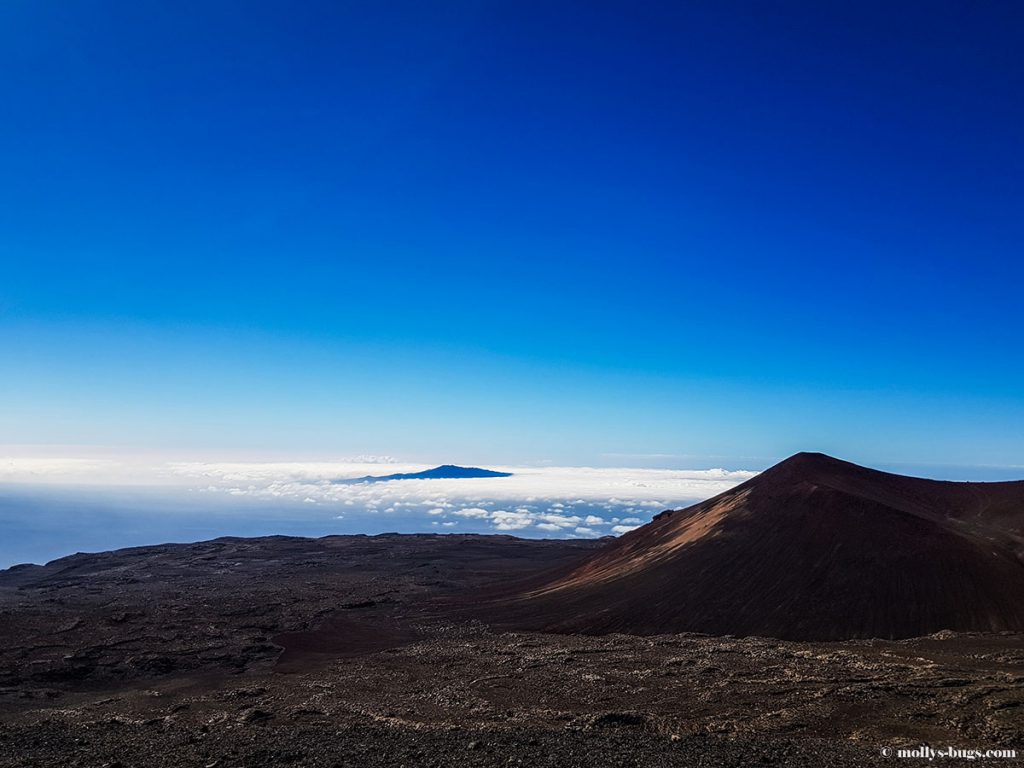
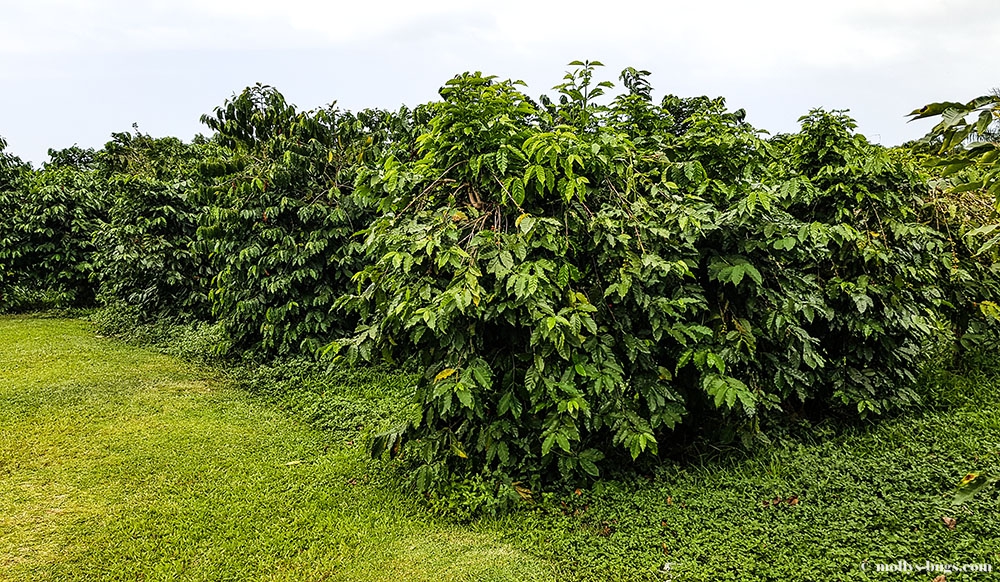
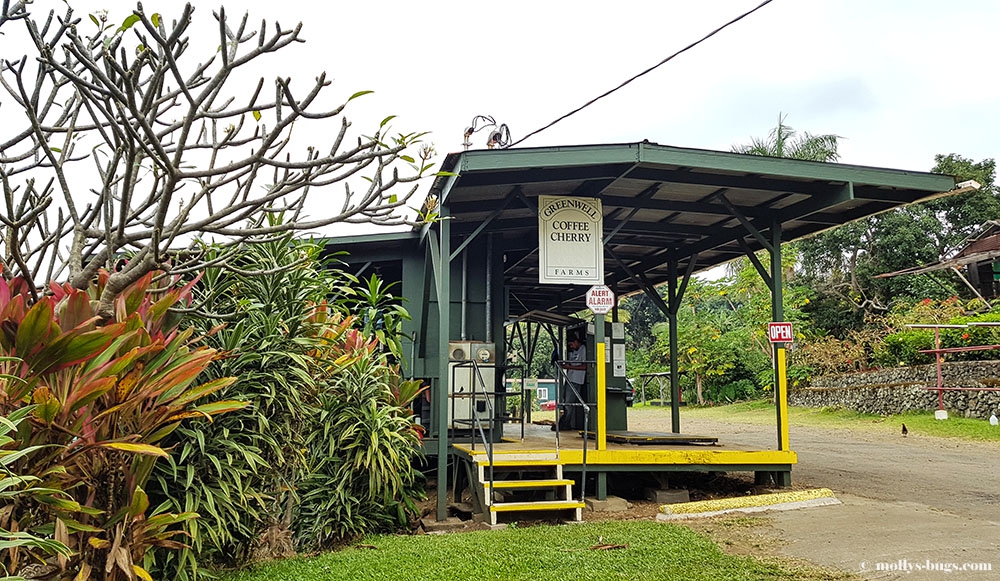
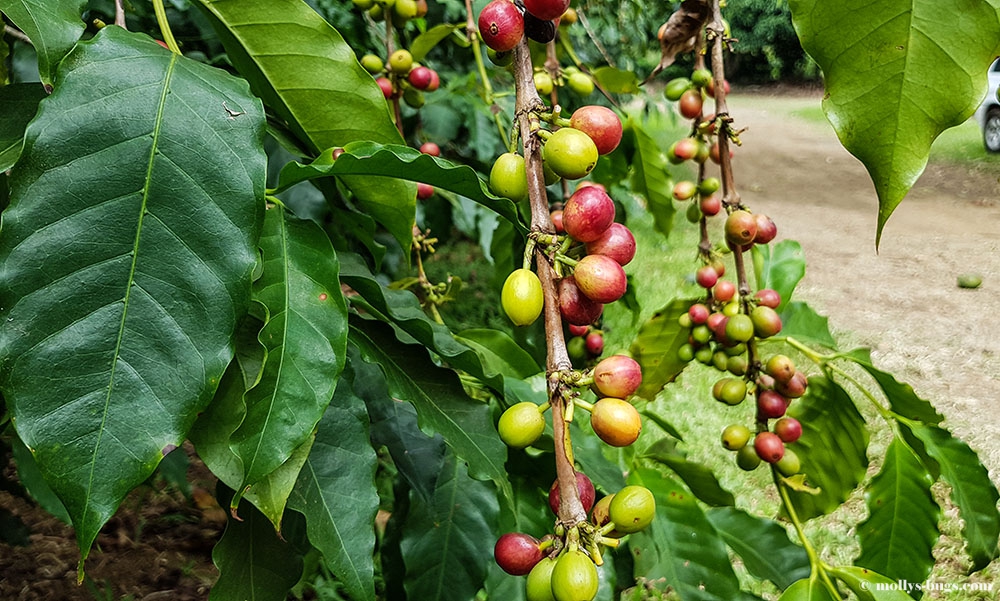
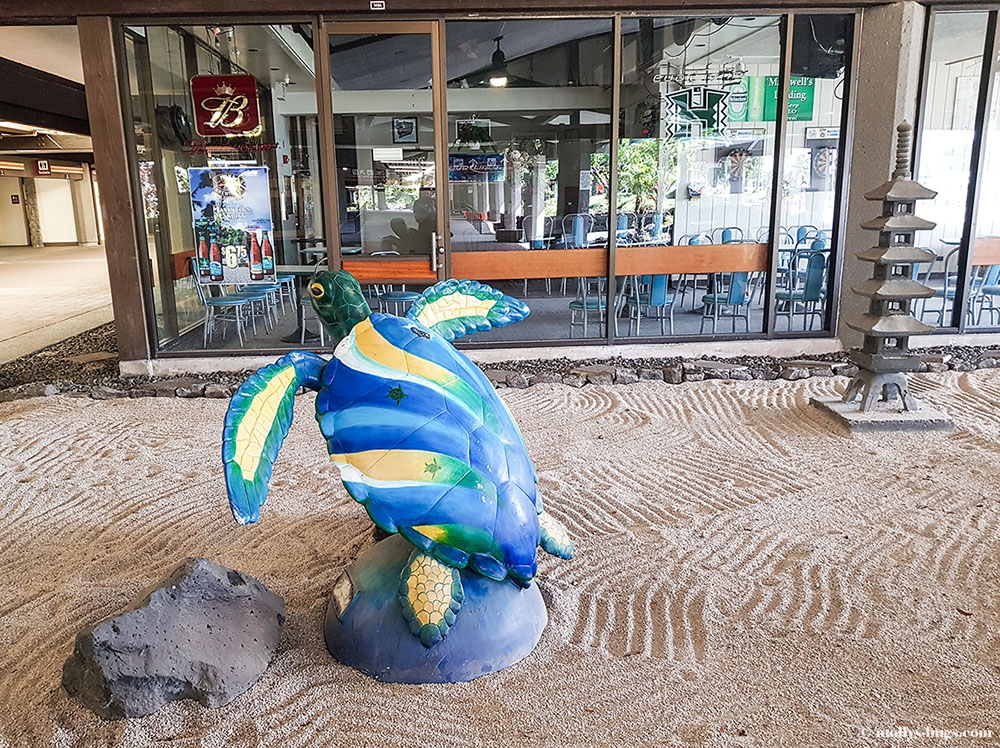
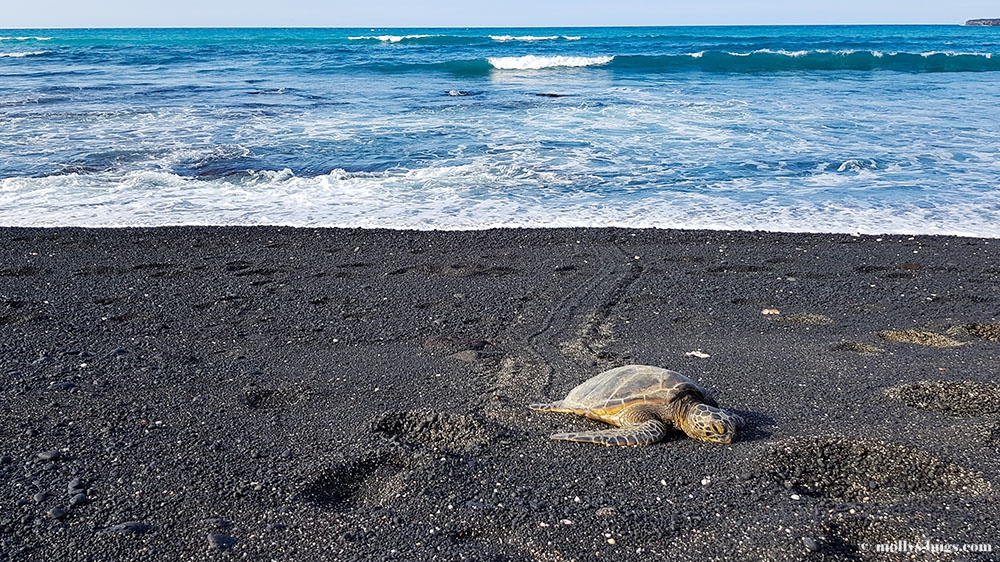
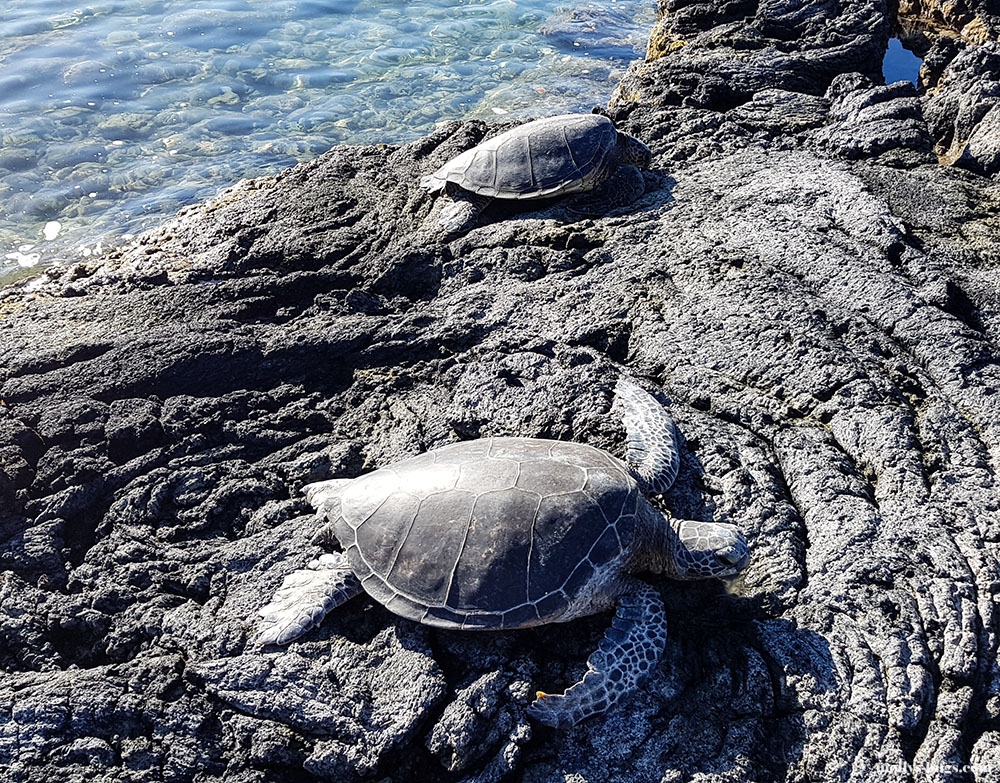

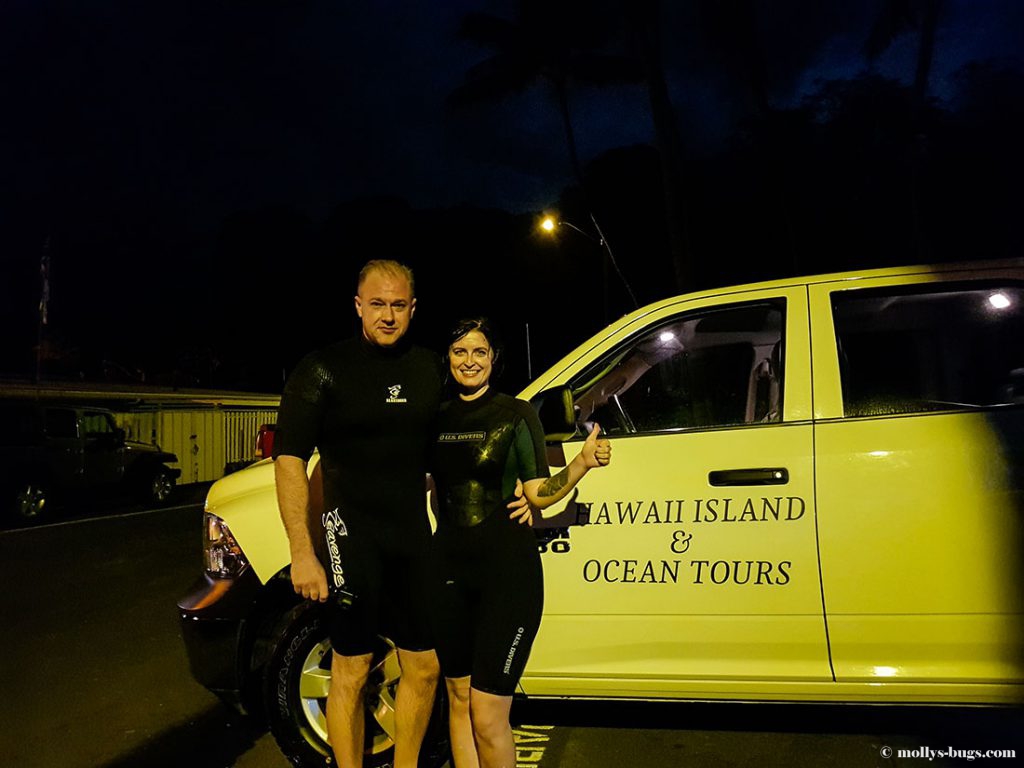
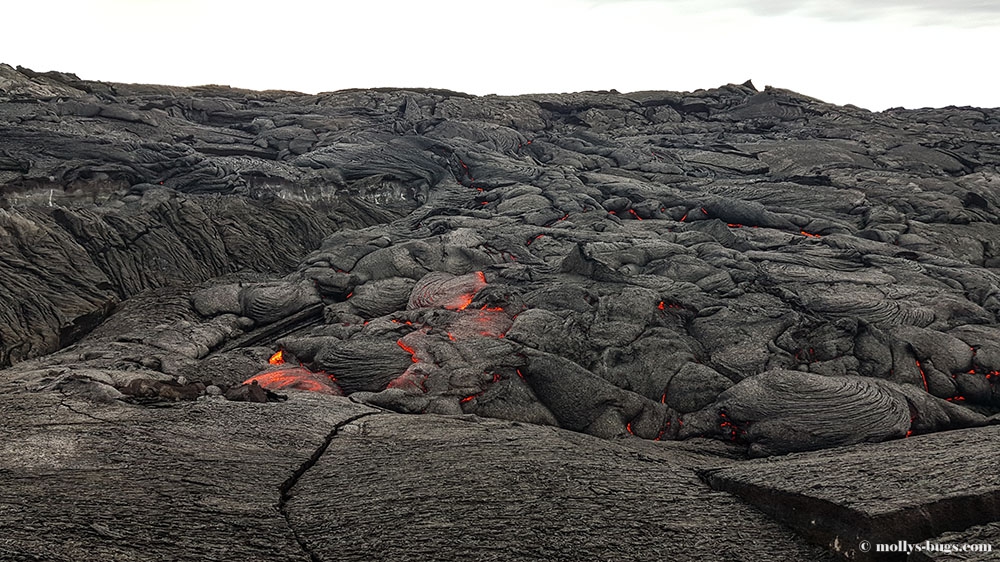
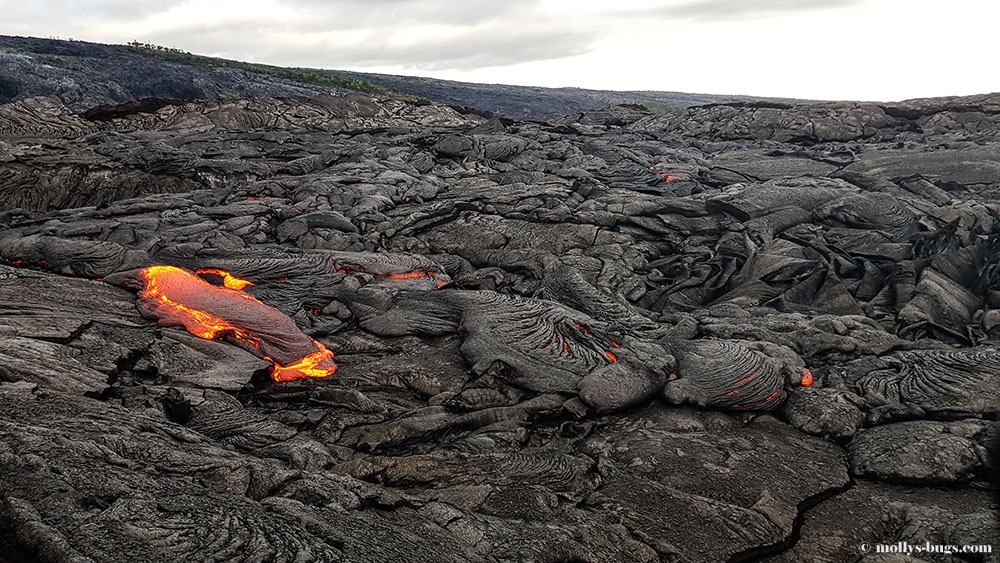
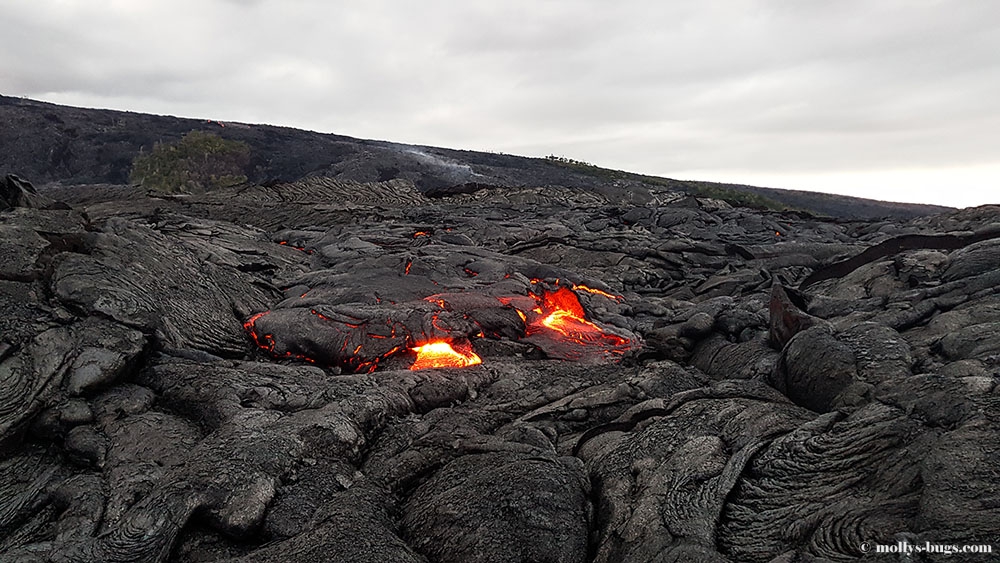
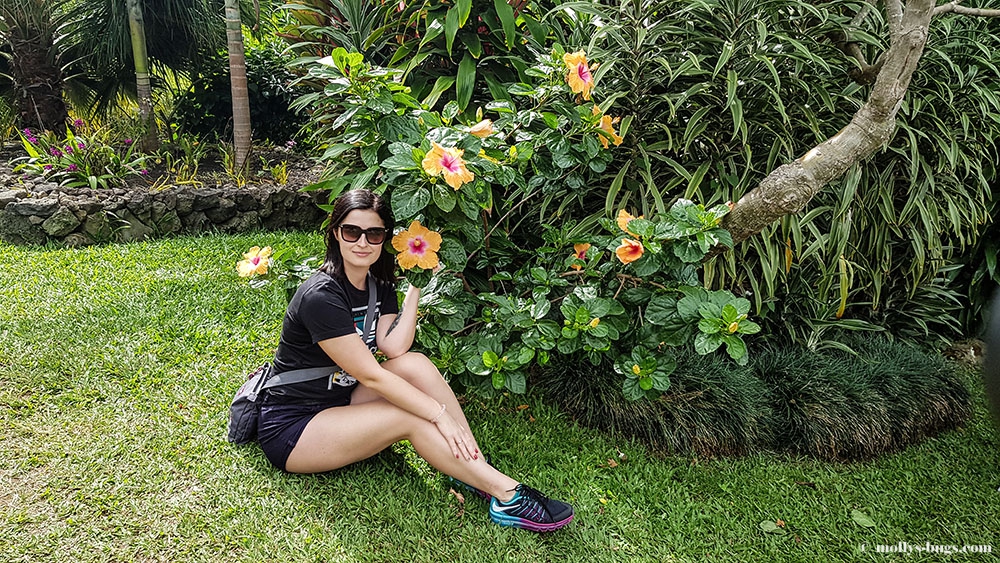
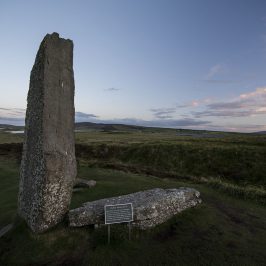
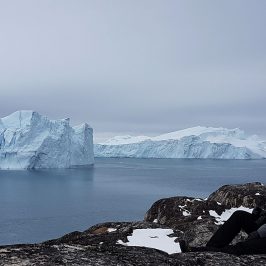

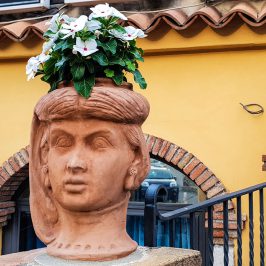
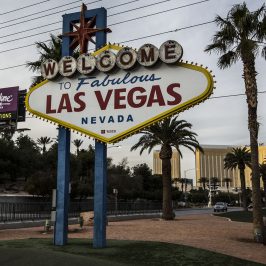
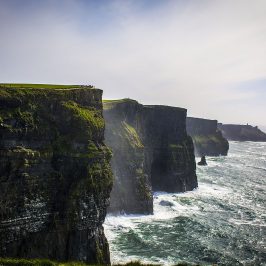
Leave a Reply